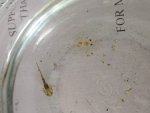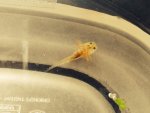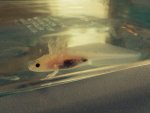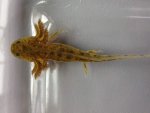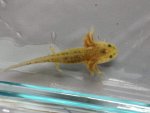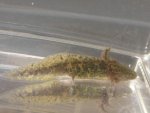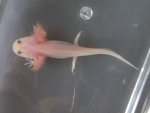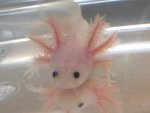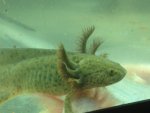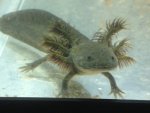rachel1
Member
- Joined
- Oct 30, 2012
- Messages
- 465
- Reaction score
- 33
- Points
- 18
- Country
- United States
I have been raising a small clutch from my wildtype male and my golden albino female. I have mostly wildtype, but about 25% are white with just a little color on their heads and down the spine. Would they be considered heavily freckled leucistics? They have a lot of speckling for leucistic, but they are significantly lighter than the wilds. Here's a picture of one, and with a wildtype sibling for comparison. Anybody had babies like these before? How did they turn out as adults?


